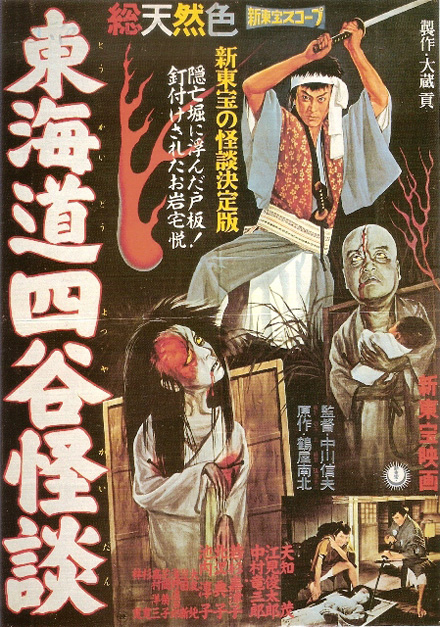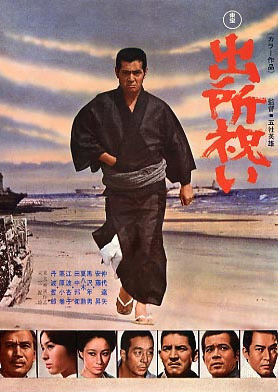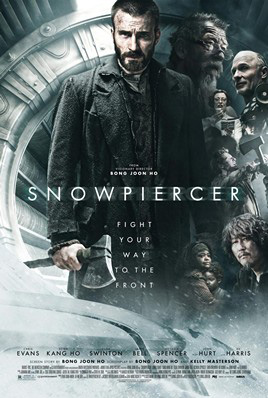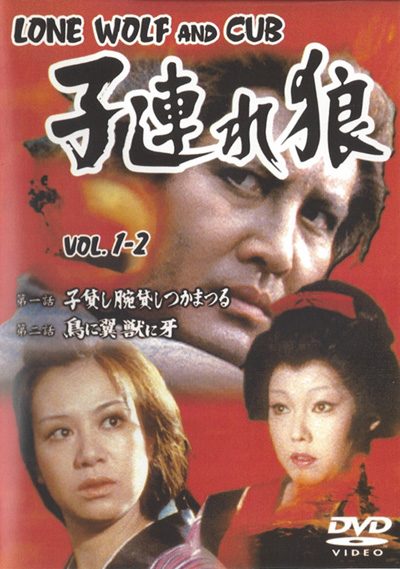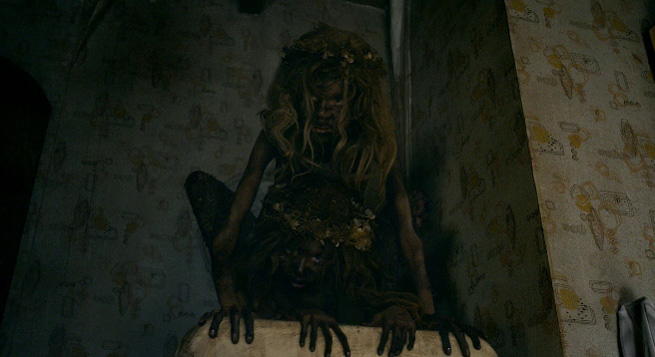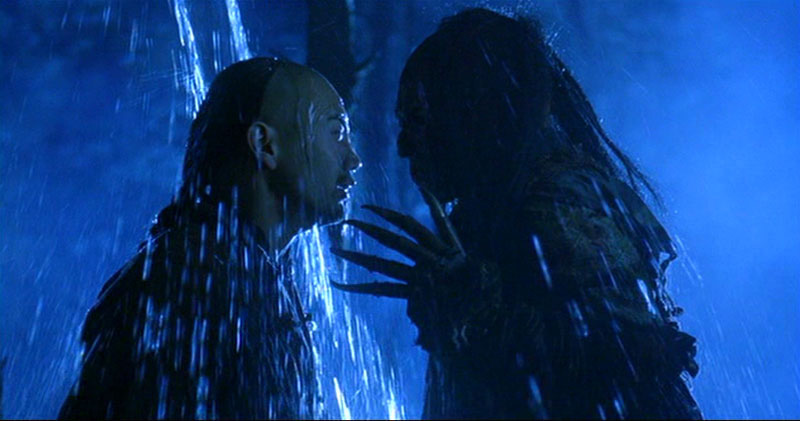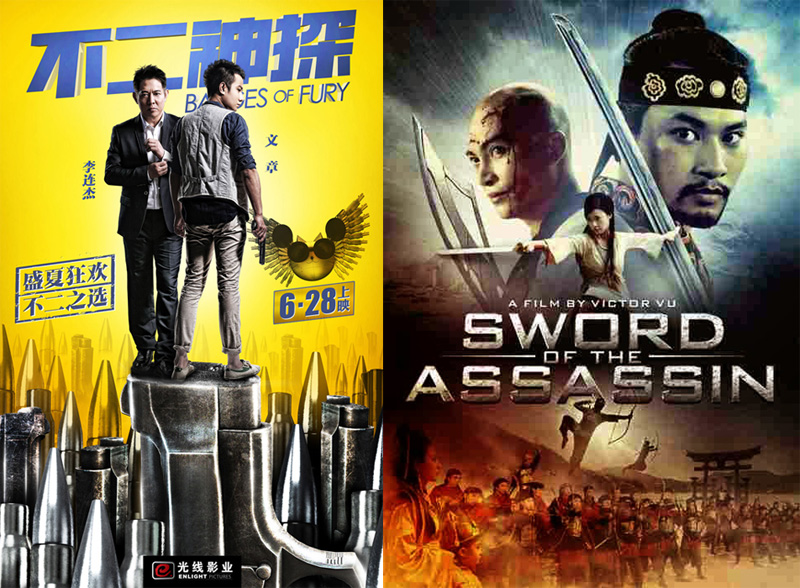Here are some fabulous samurai films I was surprised to find on hulu plus (most, if not all, are reviewed in my books):
Shinsengumi Chronicles
Excellent, warts-and-all portrayal of the notorious pro-shogunate ronin militia and their bloody hijinks during the Bakumatsu period.
Samurai Saga
Toshiro Mifune doing Cyrano. A classic.
The Secret of the Urn
Great Gosha treatment of crazy one-eyed, one-armed ronin Tange Sazen (wonderfully portrayed by Kinnosuke Nakamura).
Samurai Vendetta
Shintaro Katsu and Raizo Ichikawa’s first on-screen teaming. (During filming, the studio sent a car for Raizo; Katsu had to take the bus … )
Hunter in the Dark
My favorite 70s era Gosha, a decade in which he made a number of awesome yakuza epics. This is the best of the bunch.
Bandits vs. Samurai Squadron
Another one, not the best (a couple of flaws, which I mention in Warring Clans) but still pretty awesome. Keep the book handy — this one may require some help keeping up!
Under the Blossoming Cherry Trees
Tomisaburo Wakayama chops off heads for his lady love in this shocker from Japanese new wave enfant terrible Masahiro Shinoda.
THROWBACK THURSDAY / NOIR CITY 14 (2016): Humoresque (1946)—Eddie Muller’s
Introduction
-
I first saw *Humoresque (1946)* projected large at the Castro Theatre at
the 14th edition of Noir City (2016) and never got around to transcribing
Eddie ...
13 hours ago


